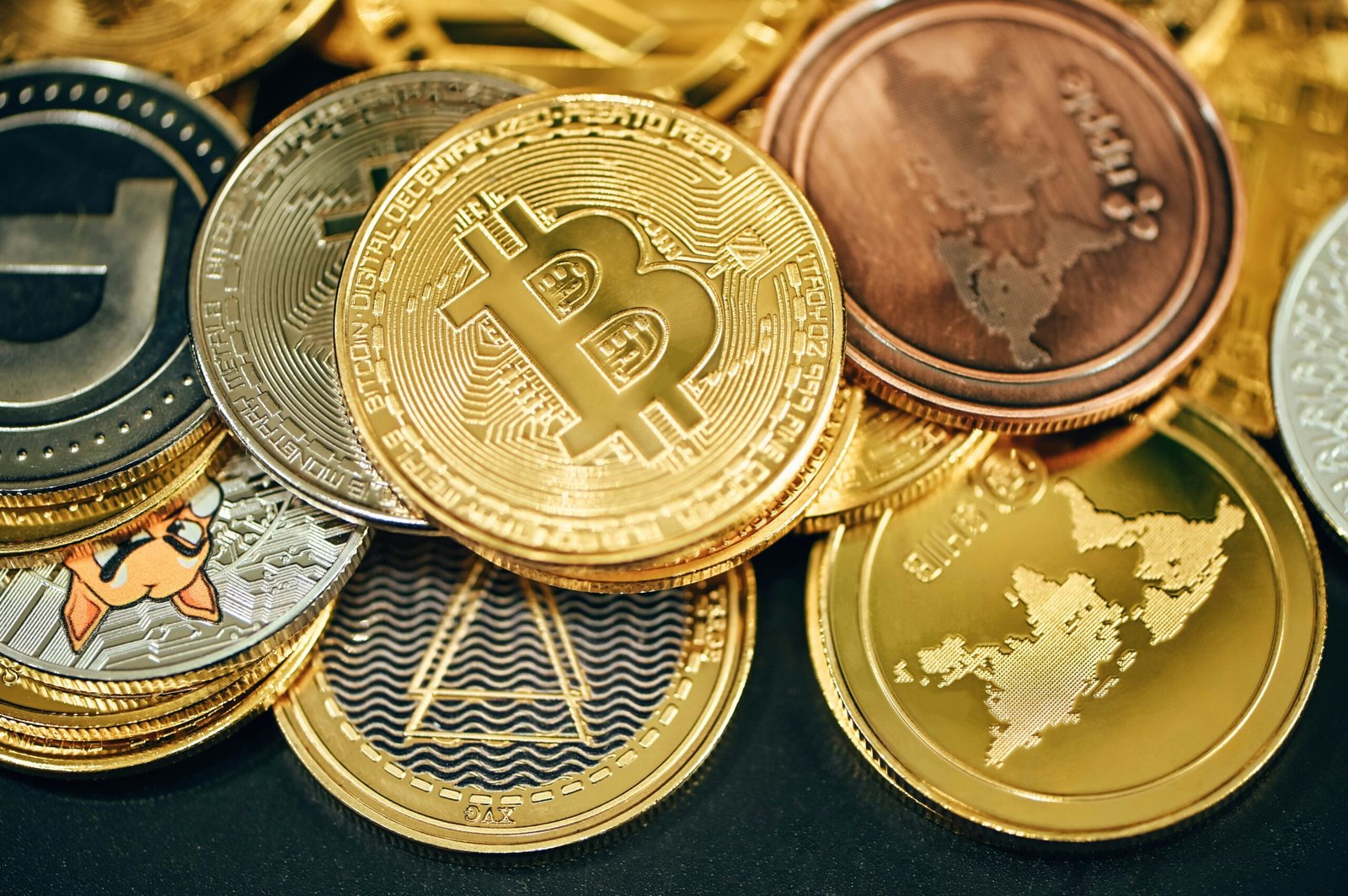Bitcoin
Bitcoin is the first cryptocurrency, created in 2009 by the anonymous Satoshi Nakamoto. It is based on blockchain technology, a distributed ledger technology that ensures transparency and security of transactions. Bitcoin’s decentralized nature makes it free from the control of any government or financial institution, allowing users to conduct peer-to-peer transactions globally. This mechanism eliminates the need for intermediaries, thereby reducing transaction costs and increasing efficiency.
Bitcoin is often referred to as “digital gold” because not only can it be used for transactions, but it is also widely accepted as a store of value. Unlike traditional currencies, the supply of Bitcoins is limited, with the total number fixed at 21 million. This scarcity has led it to be considered more value-preserving than fiat currency in some cases. Many investors see Bitcoin as a tool to fight inflation, as it is not subject to central bank policies.
In addition, Bitcoin’s high level of security is one of its key features. Through complex encryption algorithms, the Bitcoin network is able to effectively prevent double payments and other forms of fraud. Despite its price volatility, Bitcoin has shown strong resilience and growth potential over time.
Overall, Bitcoin has not only ushered in a new era of cryptocurrencies, it has also laid the groundwork for the development of decentralized finance (DeFi). Whether as a medium of exchange or as a long-term investment vehicle, Bitcoin has taken on an increasingly important role in the global financial system.
Ethereum
Ethereum is the second largest cryptocurrency created by Vitalik Buterin in 2015. Unlike Bitcoin, Ethereum is more than just a digital currency; it provides a powerful blockchain platform that supports smart contracts and decentralized applications (dApps). This innovation makes Ether not only suitable for financial transactions, but also for a wide range of application scenarios.
Ether’s smart contracts are self-executing contracts in which the terms of the contract are written directly into the code. The advantage of smart contracts is their automation and transparency, reducing the need for intermediaries and increasing efficiency. With the Ethernet blockchain, developers can create customized smart contracts to automate transactions, asset management, authentication, and many other functions.
In addition, decentralized applications (dApps) are another important component of Ether. dApps are applications that run on the blockchain, with data and operations distributed across multiple nodes, avoiding single-point-of-failure issues. Due to their decentralized nature, dApps offer increased security and privacy.
The Ether blockchain also uses a cryptocurrency called Ether (ETH) to pay for transaction fees and computing services. Ether is not only used within the Ether network, but can also be bought and sold on cryptocurrency exchanges, making it an important digital asset.
Overall, Ether has significantly expanded the application of blockchain technology through its unique smart contracts and dApps capabilities. It has not only brought about changes in the financial sector, but has also shown great potential in multiple areas such as supply chain management, copyright protection, and voting systems. As one of the leaders in blockchain technology, Ether is constantly pushing the development of decentralized technology.
Ripple
Ripple, also known as XRP, is a digital currency developed by Ripple Labs that was originally designed for interbank settlements. Ripple has gained traction among financial institutions around the world as it offers a faster and lower-cost payment solution compared to traditional cross-border payment systems.
One notable feature is that Ripplecoin does not rely on traditional blockchain technology. Instead, it uses a consensus algorithm known as XRP Ledger. This algorithm allows participants in the network to verify transactions without relying on miners or other intermediaries. This not only increases the speed of transactions, but also reduces transaction fees.
The main use of Ripple is to enable cross-border payments. Current cross-border payment systems typically take days to complete and are relatively expensive. In contrast, Ripple can complete payments in seconds and at a fraction of the cost. This makes Ripple ideal for banks and other financial institutions, especially in situations where frequent international transactions are required.
Additionally, Ripple is highly scalable and can process more than 1,500 transactions per second, which is far more than other cryptocurrencies such as Bitcoin and Ether. This is something that allows Ripple to keep running efficiently in the face of high transaction demand.
Overall, Ripple enables fast, low-cost cross-border payments through its unique design and technology, making it an important tool for financial institutions when making international settlements. Although unlike other cryptocurrencies, Ripple does not utilize blockchain technology, its advantages of higher transaction speeds and lower costs have allowed it to gain a significant foothold in the global financial market.
Other major cryptocurrencies
Outside of Bitcoin, Ether and Ripple, there are many other important cryptocurrencies on the market. Litecoin is one of the prominent examples. Known as “silver,” Litecoin is a technological improvement over Bitcoin’s “gold,” allowing for faster transactions and lower fees. Litecoin is also four times more plentiful than Bitcoin, further enhancing its usefulness in everyday transactions.
Bitcoin Cash (Bitcoin Cash) is a fork of Bitcoin that was created in 2017. Its main purpose is to address Bitcoin’s limitations in terms of transaction speed and fees. By increasing the block size, Bitcoin Cash is able to process more transactions, thus improving overall efficiency. This makes it ideal for those who wish to use cryptocurrencies in their daily transactions.
Stablecoin is another important class of cryptocurrencies whose main feature is that they are pegged to fiat currencies and are designed to reduce price volatility. The most famous stablecoins include USDT (Tether) and USDC (USD Coin). These stablecoins ensure that their value is relatively stable by holding an equivalent reserve of fiat currency. Stablecoins offer a safe alternative for those who wish to take advantage of cryptocurrencies but are concerned about drastic price fluctuations.
Overall, in addition to Bitcoin, Ether and Ripple, there are many other important cryptocurrencies on the market. They each have unique technical characteristics and application scenarios, providing a wealth of options for users with different needs.



